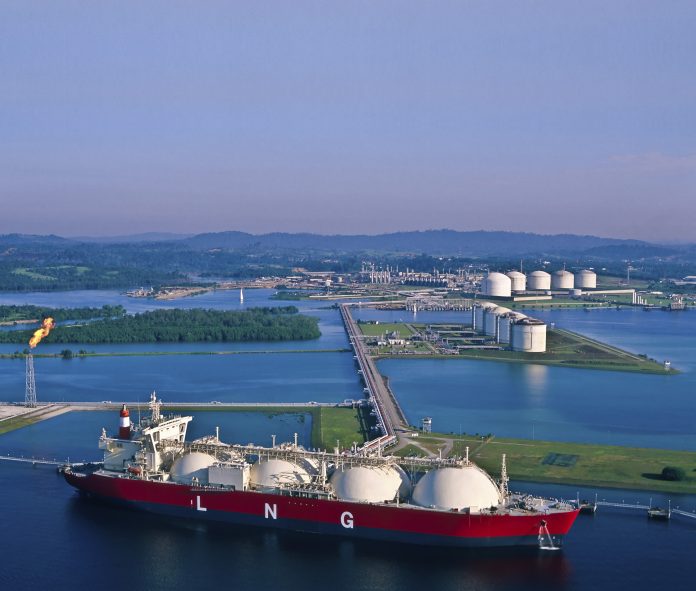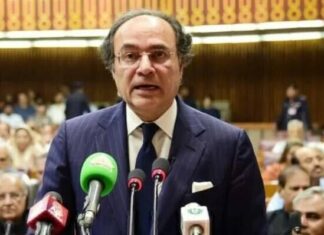Doha: The energy-rich Gulf nation of Qatar, facing further isolation from its neighbors amid an ongoing diplomatic rift, said Tuesday it plans to boost production of liquefied natural gas by 30 percent over the coming years.
The timing of the announcement suggests that OPEC member Qatar, the world’s largest producer of liquefied natural gas, aims to project an image of business-as-usual economic strength as it weathers the crisis.
Saudi Arabia, the United Arab Emirates, Egypt and Bahrain cut ties with Qatar early last month in large part over their allegations that it supports extremist groups — a charge Qatar rejects. On Monday, it handed over a response to a 13-point list of demands made by the four Arab countries aimed at resolving the row.
State-run Qatar Petroleum said the anticipated production increase stems from a decision to double output from a new gas project on the southern portion of its vast underwater North Field, which Qatar shares with its neighbor Iran. The Arab countries have demanded Qatar curb its ties with Iran.
The increase should eventually give Qatar the capacity to produce 100 million tons of liquefied natural gas per year, up from 77 million tons now, the company said.
QP President and CEO Saad Sherida al-Kaabi said the increased capacity could come online by 2022 to 2024.
Al-Kaabi said QP’s development plans have been unaffected by what he called a “blockade” by the Arab quartet, and there has been no change in the level of communication with Iran over their shared gas field.
Qatar does not have any current plans to stop exporting gas to the UAE, he added, but he said he would not rule it out if the crisis continued.
“Of course if there were to be an additional escalation, I cannot say that we will never stop the gas,” he said. “This is a decision which would not only be made by Qatar Petroleum but also for the government, and of course depends on the situation in the country.”
Qatar currently sends about 2 billion cubic feet (56 million cubic meters) of natural gas a day to the UAE through the undersea Dolphin Energy pipeline, providing about a third of that country’s needs. About 200 million cubic feet of that goes onto Oman.
Emirati Energy Minister Suhail al-Mazrouei said last week that his country has sufficient resources to make up for any potential shortfall should Qatari supplies be cut.























